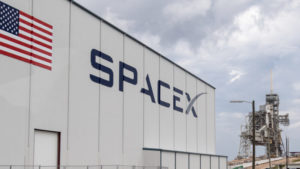MarketScale: Why Space Tourism May be a Reality Sooner Rather Than Later
“Based on the ticket prices that we’ve seen today, the pace of development that we see and the supplies that NASA projects that the revenue sizing represents a $14 billion cumulative opportunity, assuming that launches start within the next one or two years and continuing through 2028. If you’re able to scale and [prove] reliability,.





